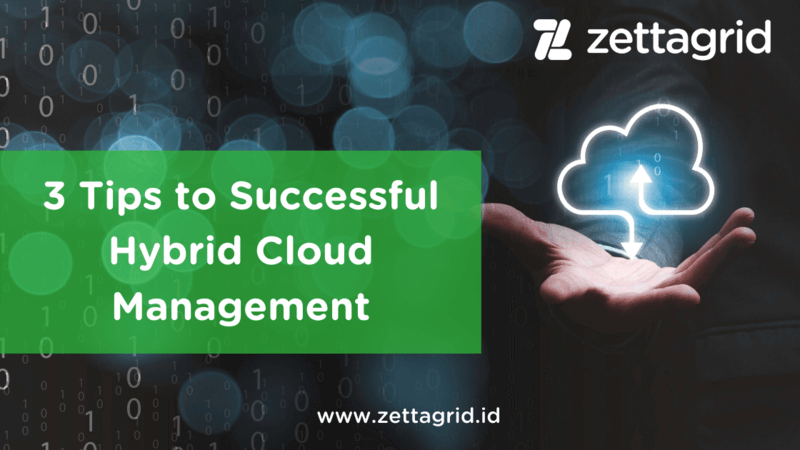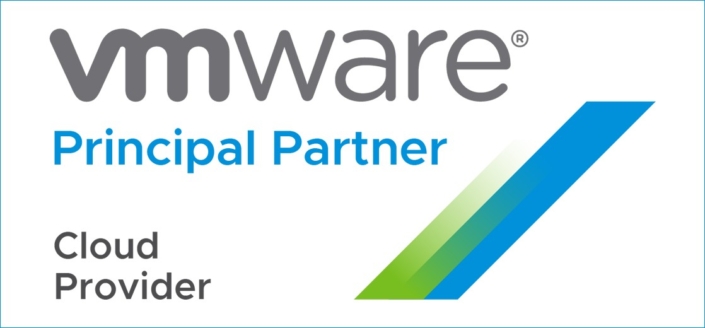3 Tips to Successful Hybrid Cloud Management

3 Tips to Successful Hybrid Cloud Management
In this modern era, data becomes one of the critical assets that can drive business. The velocity at which it is being generated and the volume of data collected by the business are increasing and accelerating by the day. Even, IDC’s research estimates that 463 exabytes of data will be generated every day by 2025. With this volume, can you imagine how big the challenge can be for storing a company’s data?
Traditional storage is not enough to store the growing volume of data since maintenance and hardware investment are often needed to optimize its capacity. That’s why a solution is needed by enterprise in managing the system and data flexibly in store. One of them is by implementing a successful Hybrid Cloud strategy.
However, planning and preparing for data management in the Hybrid Cloud only is not enough. Some key aspects also have to keep operating to achieve the maximum data management in Hybrid Cloud. In this article, we have compiled three things to successful Hybrid Cloud management. Curious to know how? Check them below here:
1. Identify How it Works

(Source: katemangostar from Freepik)
Once you know Hybrid Cloud can be a solution to your data management, you need to understand how it works. This not only includes finding good tools, but it also involves strategies.
The first step is to understand what you need to manage are:
- Verifying the applications involved and what they do
- Gaining visibility into the way users interact with the applications
- Understanding the criticality of the workloads to the business
- Identifying who owns the workloads
- Confirming where workloads run
2. Monitor the Hybrid Cloud Security Provider

(Source: rvlsoft from Getty Images)
In simplifying data management in Hybrid Cloud environment, business also needs to understand the requirements for security and governance. Hybrid Cloud security needs to be a focus from the start, and mechanisms like identity and access management (IAM) make it simpler by giving business ways to assign the identities to servers, people, devices, and data. Thus, it would be easy to manage the access. Not only that but the security also requires encryption for all information, both when it’s at rest and when it’s in use.
Additionally, Service Level Agreements (SLA) also need to be considered as part of the successful Hybrid Cloud management. SLAs are contracted promising specific levels of service to the end-user, with penalties if those levels aren’t met. Knowing those promises is an essential part of making sure the hybrid cloud manager meets expectations.
3. Determine Tools to Support Hybrid Cloud

(Source: Natali_Miz from Getty Images)
The additional key to effective data management is by choosing from the many hybrid cloud management tools. This can be concluded either as a solution or a consolidated hybrid cloud management platform.
The tools to support a successful Hybrid Cloud also cover many areas, such as performance management, resource management, security management, and network management. The capabilities to look for in these types of solutions can be:
- Having a unified view of all the cloud environments, including what applications and services are running.
- Providing alerts and actionable data to help streamline workloads.
- Delivering seamless service to end-users.
Those are some tips that you can implement to build successful Hybrid Cloud management. If you have any questions related to Hybrid Cloud solutions, you can contact us here.
Zettagrid Indonesia is a Cloud Service Provider in Indonesia that provides Infrastructure as a Service (IaaS) such as VMware Virtual Data Center, VMware Virtual Server, Veeam Backup, and so on. If you have any questions related to our solution, you can reach us here or through sales@zettagrid.id.

